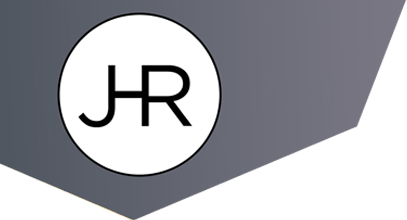3-D printers have come a long way, and now they’re small enough and affordable enough for individual artists to have their own. This gives the freedom to make two-dimensional computer-assisted drawings (CAD) into three-dimensional resin objects. The IP implications of this, however, are confusing and laws may need to catch up. So until intellectual property law catches up to this technology, you may not necessarily have permission to take, say, a two-dimensional item that is protected by patent, copyright, or trademark and create a three-dimensional item. .
How 3-D Printing Works
3-D printing starts with a design file (such as STL, COLLADA, OBJ, FBX, X3D) that is exported to a 3-D printer. The 3-D printer then utilizes software to convert the design file into a physical, 3-D object by layering molten material until a tangible object is formed. This process is now easy and affordable enough for people to create objects and works of art at home for recreational or non-commercial uses.
Ease of use and accessibility of 3-D Printing at Home Does Not Alleviate Potential IP Concerns
Patents, copyrights, trademarks and potentially trade secrets all apply to 3-D printing, as well as to the files used to create the 3-D works and the resulting work products themselves. You may still wind up liable for infringement if you utilize a protected work without permission.
Others May Infringe on your Intellectual Property Rights as well.
3-D printing makes it easier to infringe on another’s intellectual property rights since the files can be shared. So, if you are an innovator and creator, you should take all necessary steps to protect your work prior to uploading or publishing the files. Such protection may include:
- Copyrighting the CAD software and computer files themselves, as well as artwork and sculptures.
- Trademarking the image and overall appearance of your creation.
- Patent the ornamental aesthetic design aspects of your creation with a design patent
- Protecting the plans for manufacture by copyright registration, such as blueprints.
- Control access to your files such as CAD, STL, COLLADA, OBJ, FBX, X3D, etc
Embrace 3-D Printing but Be Aware of IP Concerns
The affordability and accessibility of 3-D printing is very exciting as 3-D printing itself will allow for technology to develop faster. I have seen our clients use 3-D printing to test and refine their design much faster and at a lower cost, but 3-D printing is still new technology, and any emerging markets for 3-D print-on-demand products are also still in its infancy. Thus, there isn’t much law on the books yet. This doesn’t mean that an intellectual property attorney can’t help you if you’ve been accused of copyright or trademark infringement for designing or printing in 3-D. If you would like assistance in determining if your use of a copyright or trademark is fair use, call our office at 888-666-0062 to schedule a consultation.
DISCLAIMER: The information contained in this article is for informational purposes only and is not legal advice or a substitute for obtaining legal advice from an attorney.
Law Office of Jason H. Rosenblum, PLLC © 2018 All rights reserved.




